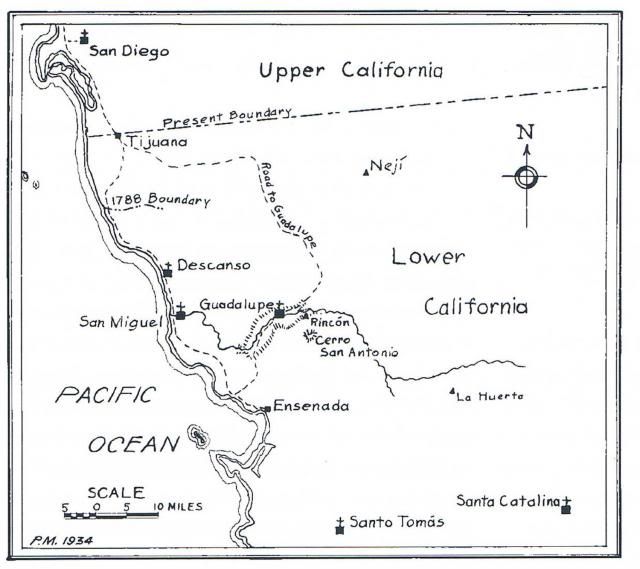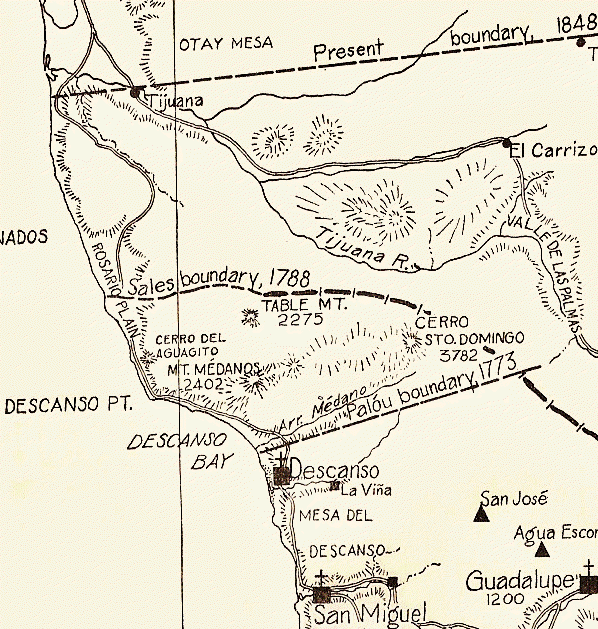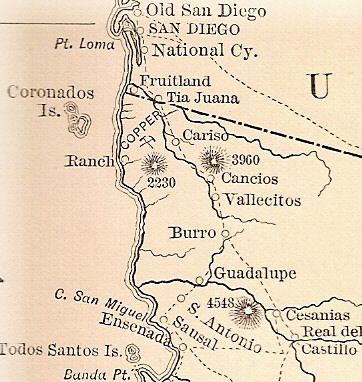Originally posted by durrelllrobert
www.digthatcrazyfarout.com/oldtj/TJ_history.htm
There are different views on the origin of the name for the town. One belief is that it came from an ancient Indian word, "Tiguan", meaning "close to
the water." Another view holds that the name came from a ranch, Tia Juana’s (Aunt Jane’s) Ranch, owned by the Allegro Family. The Allegro Family
partitioned the ranch into various family decided to divide the ranch into sections of a city grid in the Tia Juana Valley.
The City
"Tia Juana, the last town in Southern California . The boundary line passes through it and cuts it in two, the American half consisting of a single
street of frame buildings and a few scattered houses. The American part has a live air but the Mexican part is the deadest place imaginable." (Note:
Probably the California town would have looked just as dead except that, due to the floods in 1891, the old town was washed out and the remaining
buildings were moved to higher ground near the border.) (from Let's Ride the Dam Train!, A sketch from the pen of Hiram H. Bice, Editor of the
National City Record, edition of May 5, 1892). This probably was the beginning of Tijuana, "from ranch to metropolis" (Rosas, 1998, "The City")
|










